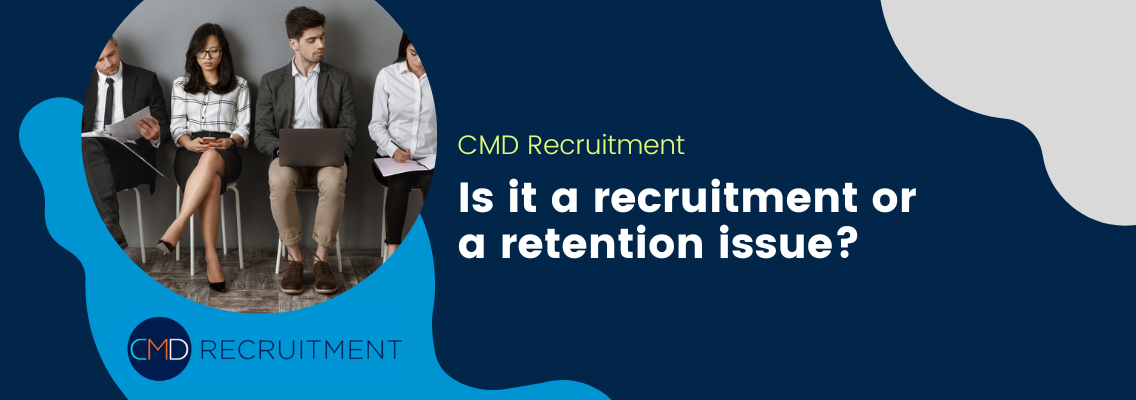Important notice - We are aware of a scam where people are impersonating CMD Recruitment to offer jobs via WhatsApp & Telegram. This is a scam, CMD Recruitment will never contact new candidates via these methods. Any legitmate offer from CMD Recruitment would be made via a telephone call.

April 29, 2024
Diversity in the workplace is about more than just ticking a few boxes to meet your corporate responsibilities. When you truly embrace the benefits of diversity, you can enjoy increased productivity, a boost in team morale, and a healthy reputation as being one of the better places to work.
When we talk about gender diversity, it can be easy to fall into common biases and patterns of thinking. Some people are quick to defend a workplace with poor gender diversity as being a result of an industry that is typically dominated by one gender more than another.
Examples of this would be the prevalence of women in primary teaching roles and the dominance of men in engineering roles. The lack of diversity in these workspaces is commonly down to gender stereotypes that are evident from a young age. The say “you can’t be what you can’t see” is very important when we talk about gender diversity.

Companies with poor gender diversity might fail to make decisions that are in the best interests of their customers.
An example of this would be a male-dominated advertising agency that commonly creates campaigns that speak to their own male perspectives, but fail to take into consideration how women feel about specific topics. And when they attempt to guess at what women are thinking or feeling, the results fall flat.
If you’re familiar with the Mad Men TV series, you’ll know all about the male dominated campaigns and how ideas would fall short when it came to advertising to women. It was only when a woman was allowed to join the copywriting team that the advertising agency was able to truly speak to the entire customer base.
Mad Men was set in the 1960s to the 1970s, so you’d be forgiven for thinking that we’ve come a long way since this time. Sadly, this isn’t the case for a lot of industries. For a variety of reasons, some companies are still failing to address gender diversity issues at the heart of their organisations.
This is not only to the detriment of their workers, but it can also be to the detriment of productivity and innovation. Put simply, the less diverse your workplace, the less competitive you will be.

The first step in addressing gender diversity in the workplace is to ask some difficult questions. First things first, is gender diversity an issue for your industry as a whole, or is this a company specific issue?
If the issue affects the whole industry, it’s time to ask if you are doing enough to ensure an equitable workplace for both men and women.
If the issue seems isolated to your company, you need to ask difficult questions about why this might be the case.
Understanding the reasons for gender diversity issues are often the first step in tackling them.

You also need to look at where this problem is most prevalent. If you have poor gender diversity in the lower levels of your organisation, this indicates that it could be a recruitment issue. But if the issues are more prominent at management level, this indicates a staff retention problem.
A lot of companies fall into the trap of deciding that they can’t be held responsible, because workers are leaving before they can be promoted to higher levels of management. But this is lazy thinking that misses the point. If workers are leaving before they can be promoted, you need to address why they aren’t sticking around.
For women, it’s often a case that they don’t feel supported at different stages of their life. For example, they might not feel that the company will be supportive if they need to have time off to raise children. This will lead women to leave before they can be pushed out. And this means there will be fewer women available for promotion.
This has a knock on effect as it means that young women joining the organisation don’t have any role models to look up to. And if you can’t see it, you can’t be it. This is just one example of how gender diversity can impact your company.
Back to Blog